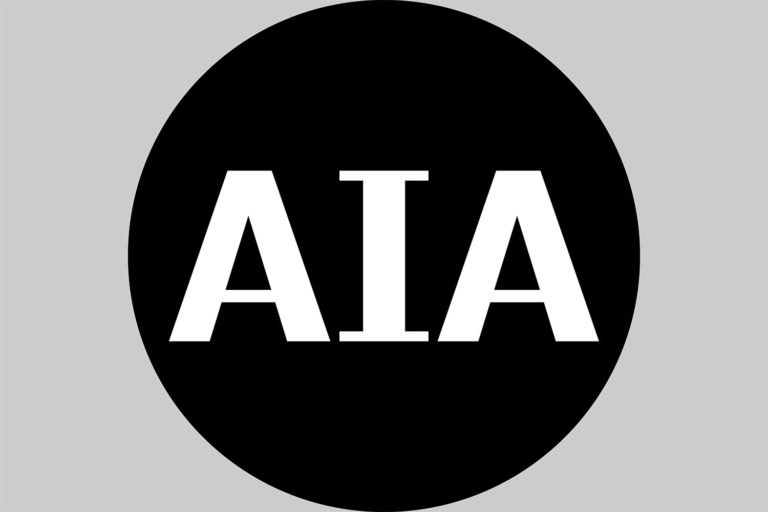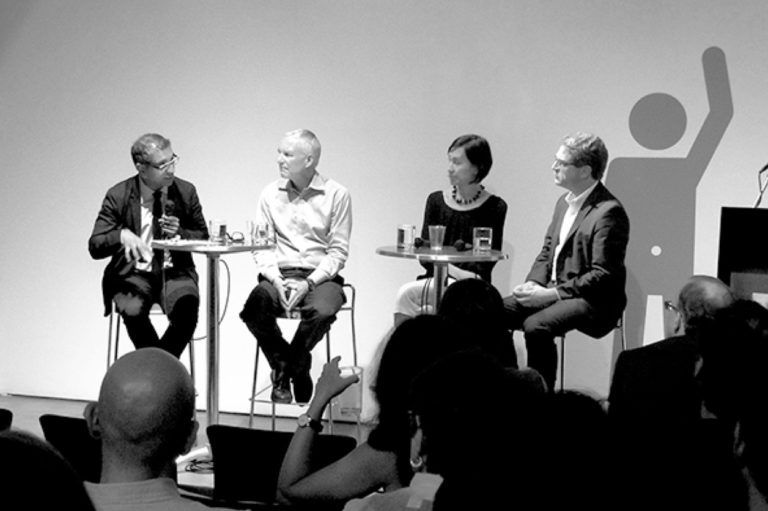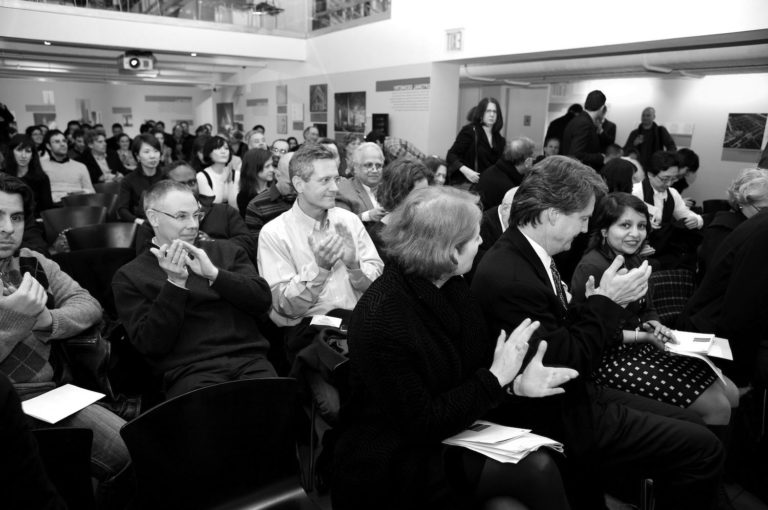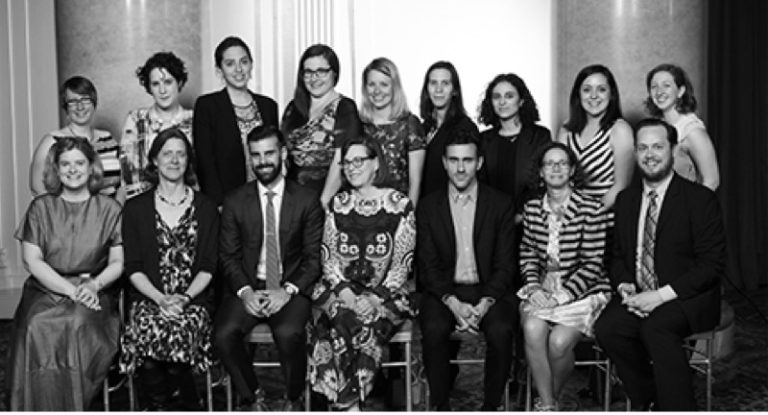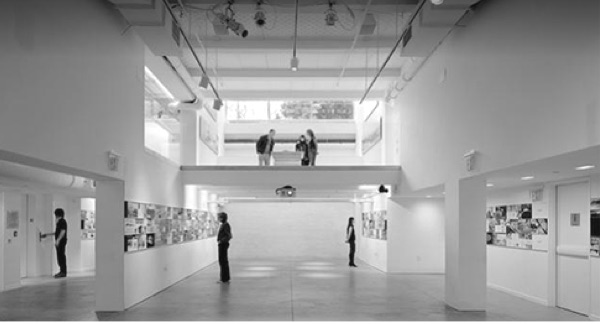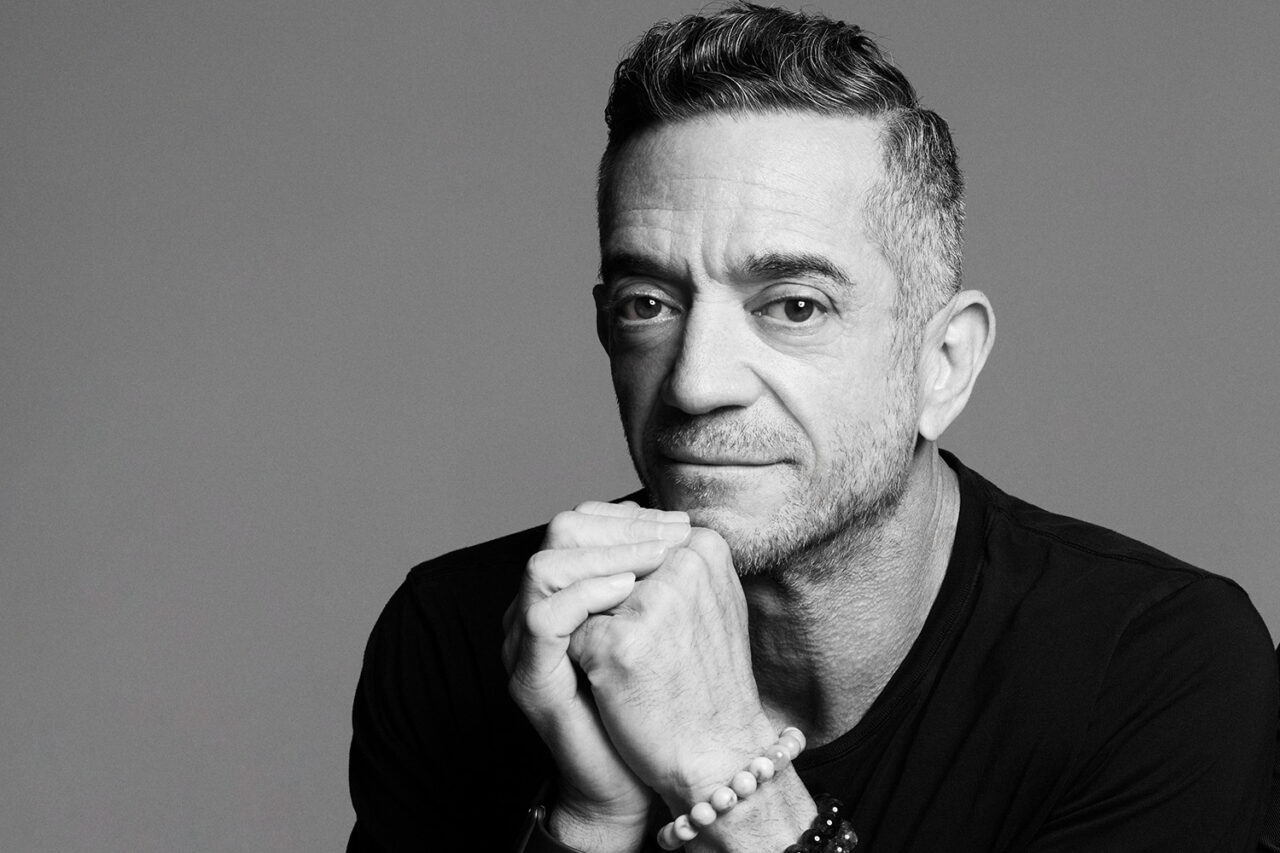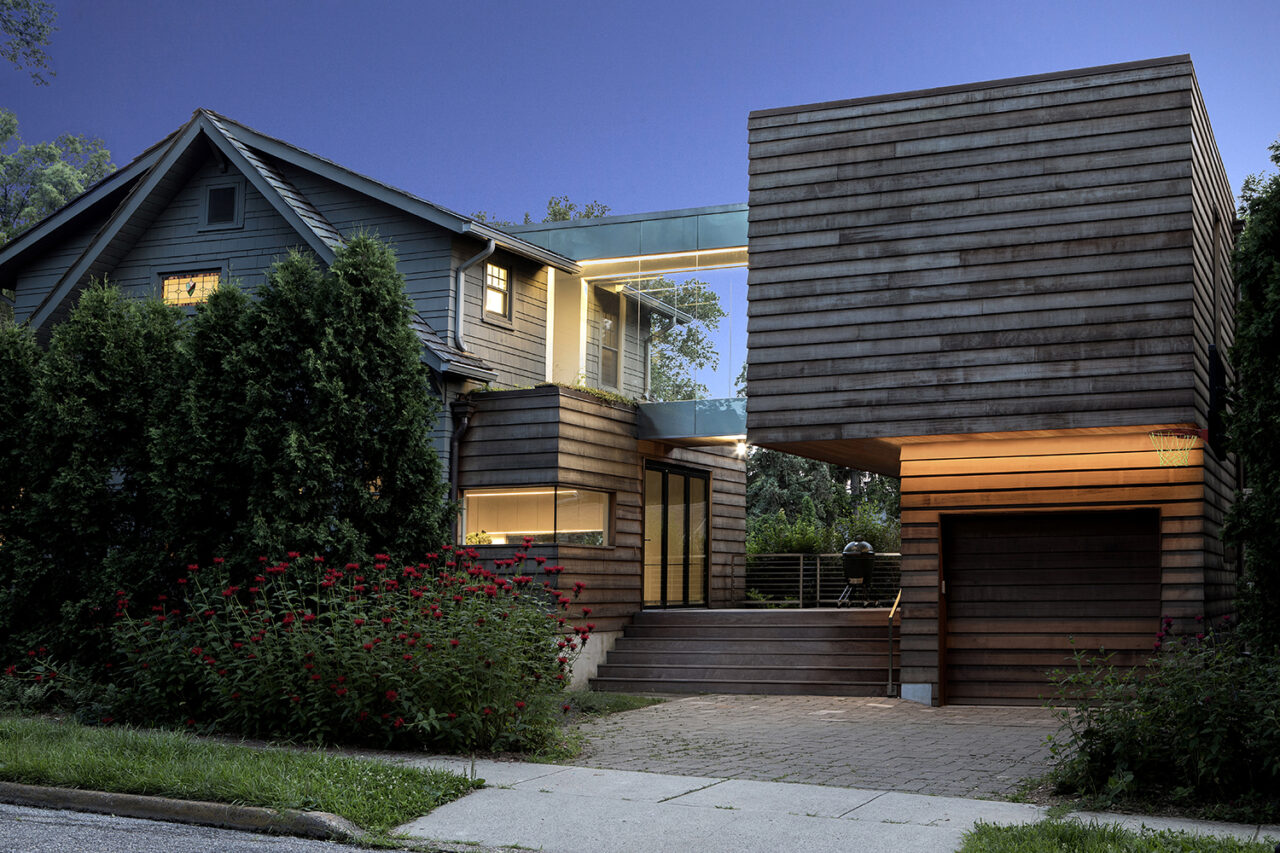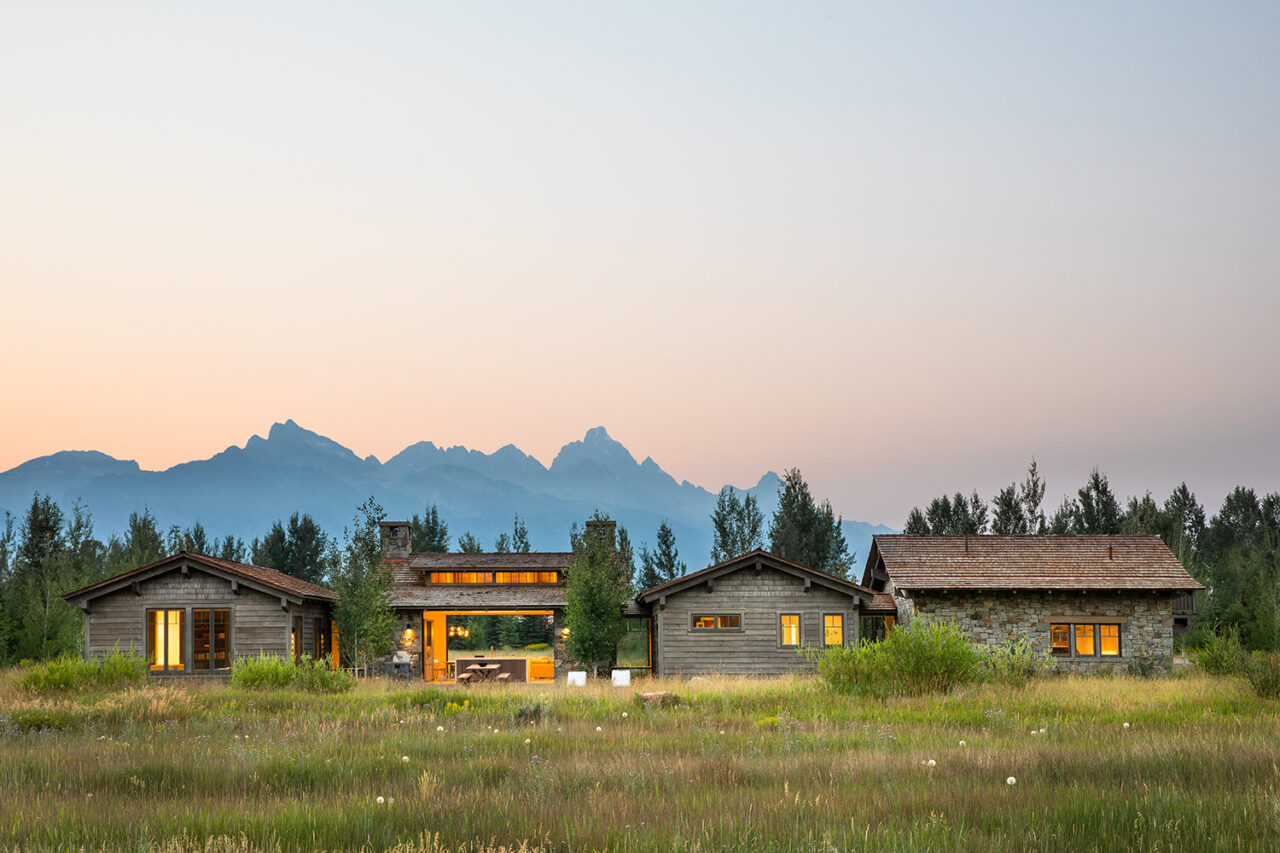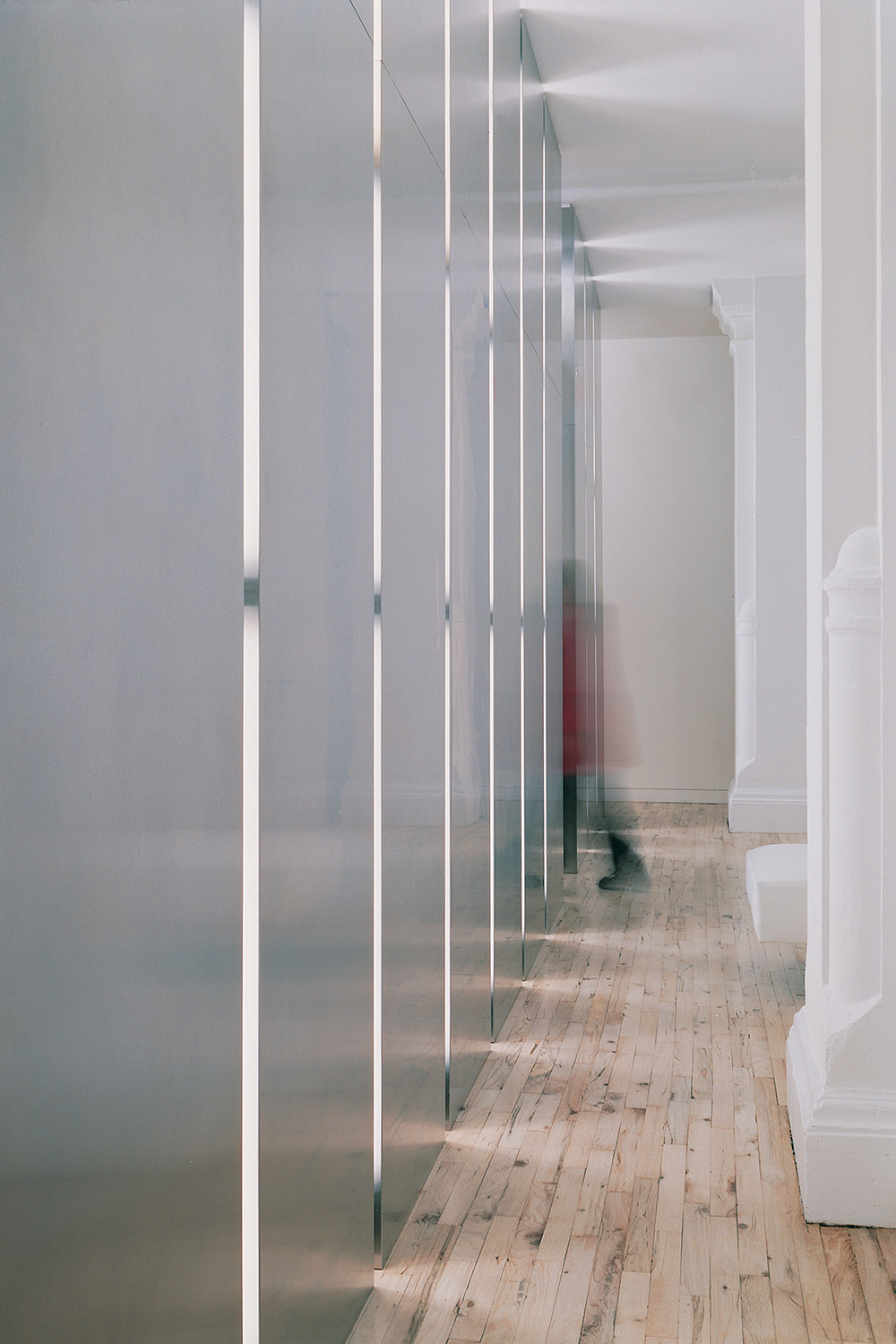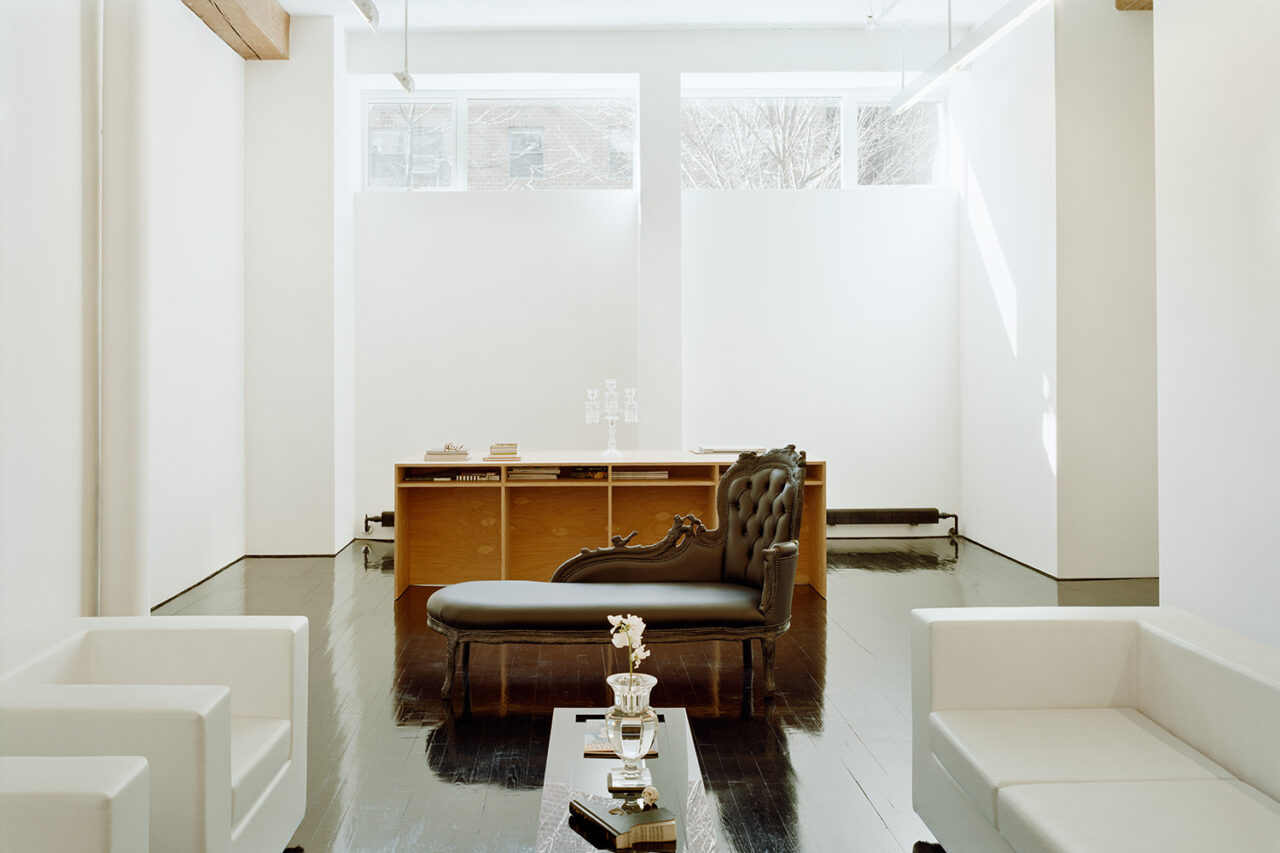by: AIA New York
Brian Messana, FAIA, SARA, established his New York-based design firm, Messana O’Rorke, with Toby O’Rorke in 1996. Before that, he worked with Peter Marino, Meier Partners, and Asymptote in New York. Born and raised in Los Angeles, Messana received his master’s degree from Columbia University in 1992 and a Bachelor in Architecture from California Polytechnic State University in San Luis Obispo. He is on the board of the Society of American Registered Architects, Board of Trustees of Les Ecoles D’art Americaines de Fontainebleau, and is a member of the AIANY Interiors Committee. Messana is a member of the AIA, Architectural League of New York, and Society of American Architects. He has taught architecture courses at Columbia University, Pratt Institute, University of Texas at Austin, and University of Louisiana at Lafayette, and is currently an adjunct professor at New York Institute of Technology’s School of Architecture and Design.
This year, the Jury of Fellows of the AIA elevated Messana to its prestigious College of Fellows in the first category of Fellowship, which recognizes architects who have made strides in design, urban design, or preservation, according to the organization’s definition. Messana was honored for masterfully distilling spaces into essential components, “harnessing light, scale, and thoughtfully considered details to evoke emotion, enhance experiences, and create a distinct sense of place.” His distinction was celebrated at the AIA Conference on Architecture from June 4–7 in Boston, MA, as well as at the Center for Architecture during the 2025 New Fellows Celebration on Wednesday, March 19, from 6:00–8:00pm.
Q: How/why did you decide to pursue architecture?
I’ve always wanted to be an architect; I guess I was born this way? It’s in my blood. My father was an interior designer, and as a young boy I would visit his office when he worked on weekends or had to pick something up. Initially, I was captivated by all the models, renderings, and supplies. Then he began to take me to his projects during different stages of completion. I would investigate all the spaces and mechanical systems and was interested in each of the trades. Whenever I had a chance, I would walk around the neighborhood and into construction sites and quickly became fascinated by the suburban and urban fabric. I was hooked. I love how architecture impacts life.
Q: What are some of your favorite recent projects that you’ve worked on?
I am currently working on three exciting projects. The Post Hotel in Bridgeport, Connecticut, is under construction. We’re revitalizing the c.1892 Post building, adding a new building, and designing all of the interiors, including two restaurants and bars. The hotel will have a significant cultural impact on the city of Bridgeport. The Mainbridge Commons is an 80,000-square-foot, ground-up, mixed-use project located in the village of Schoharie, New York, with 40,000 sf of office/medical space and 40,000 sf of much-needed housing. The Williams Center, a mixed-use project in Rutherford, New Jersey, revitalizes the historic Williams Theater and adds retail on the ground level, theaters below ground, and a seven-story apartment complex with a rooftop deck and restaurant with New York City views.
Q: Do you have a favorite building? Why?
When I was in college, I had favorite buildings and favorite architects, most of which were based on images. But my local favorites were Frank Gehry, Morphosis, Eric Owen Moss, and Frank Israel. Then I discovered the work of Richard Meier through his first monograph published by Rizzoli. Later I met him and walked through a house he designed, which led to working at his New York office. Over the years, the idea of a “favorite” continues to be redefined and expanded as my qualifications and interests evolve and I experience architecture firsthand. I’m trying to think of a building that I’ve recently experienced that still resonates. The two would be Tom Phifer’s Glenstone Museum and the Pantheon in Rome. Glenstone beautifully sits in its setting and offers an unfolding of space, detail, proportion, and restraint. The experience of walking in and out of the galleries fosters taking a moment to cleanse the palate and view the internal water garden. The Pantheon, which I’ve been to many times over the past 30+ years, is always awe-inspiring. I visited it again last May. The scale, proportion, materiality, space, tectonics—particularly in the period it was built—and the feeling it was designed to imbue upon the people who experience it absolutely enthralls me. Timeless.
Q: What are your thoughts on architectural education today?
I have two perspectives on architectural education today—from currently teaching first-year design at New York Institute of Technology School of Architecture and Design and from leading a boutique design firm. I’ve found that the education provided at the undergraduate level is very different from when I went to school; it’s software and performance driven. From day one, in order to communicate or manifest the beginnings of architecture, you learn software instead of sketching and understanding space and volume as it pertains to the lived experience. This approach continues to develop over the course of your academic career and is used to gain professional experience. I believe that while learning to use the current tools at hand is important, understanding scale, space, light, material, and proportions in relationship to your environment and the people who inhabit these environments is critical in creating thoughtful and responsive architecture.
Q: What are your greatest sources of inspiration?
My greatest source of inspiration is living and participating in life. There’s so much inspiration outside your window. The more you explore, the more life unfolds and inspiration is infinitely abundant. But, if I had to be more specific, my greatest inspiration is simple: it’s the built environment. I’m an architect’s architect. For example, when I go on vacations, I look for interesting architecture and consider the urban and suburban conditions, and always come back inspired. Also, art always inspires me, even when I’m in a funk.
Editors’ Note: This feature is part of a series celebrating the members of the American Institute of Architects (AIA) New York Chapter who are elevated each year to the AIA College of Fellows, an honor awarded to members who have made significant contributions to both the profession and society. Learn more about Fellowship here.
